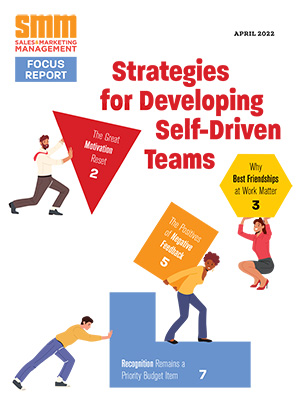According to McKinsey, the 15 fastest-growing emerging markets will provide 90 percent of the growth in consumption of luxury beauty products and women’s wear over the next 10 years. China will account for nearly half that growth. The opportunity for companies looking to expand into these markets doesn’t end there. Last year, emerging markets were home to 85 percent of the world’s population and 90 percent of those under the age of 30, with a total population expected to grow at a rate of three times that of developed economies between now and 20201.
While the opportunity to flourish in emerging markets is ample, learning how to successfully navigate these regions and come out ahead requires strategic thinking. Much of this can be accomplished by having the right technology. This might require a complete rethinking of your company’s current technology, because as I’ve discovered developing and delivering technology for emerging markets over the last 15 years, what works in one place doesn’t necessarily work in another.
Compared to developed economies, underdeveloped markets are hampered by slow networks and a lack of inexpensive technology. That’s why companies like Facebook, which recently created a “lite” Android add for smartphones, and Microsoft, which developed a $20 mobile phone that runs on 2G technology, took a different approach to working in emerging markets by developing simpler, cheaper technologies that are better suited to these regions.
It should be no different for software companies focused on delivering mobile field solutions to support sales teams, delivery models and routes to market. For these companies, having the right technology is a key to maximizing the potential of emerging markets. A solid value proposition in these regions, however, not only requires a superior product with the right technology. It also requires global sponsorship that provides the client with the shortest overall path to value. Let me break that down a little further:
A Superior, Well-Configured Product
The software you use must perform well within the framework of the mobile devices and infrastructure available in a given marketplace. In emerging markets, smartphones tend to be the mobile device of choice – the reason Facebook reconfigured its app to better accommodate this platform – and infrastructure tends to be less robust. So it’s important to understand the market you’re working in – its limitations, challenges, and benefits – as well as determine the best technology for delivering key functionality and robust performance at an effective price point. An Apple device, for example, may be ideal for North American markets, but it may not be the best fit for China, where fast growing Xiaomi has cost effective options.
Of course, not all emerging markets function alike. We have found that by offering a pick-and-choose menu of functionality features to respond to the unique client and market needs best addresses this problem – then, a given market or company can select which functionalities are most vital to their work. This eliminates unnecessary tools, as well as frees up space on a device that, given many emerging markets’ slow processing speed, can’t handle too many applications. The cost of hosting your cloud based mobile solution is also an important overall cost component. Robust field solutions require quality hosting technology and infrastructure working in the background. Therefore, third party costs such as Amazon Web Services (AWS) must also be considered.
Global sponsorship, local support
Ideally, a global supplier brings best practice and standardization techniques and tools to the relationship. With the help of a global supplier, rapid deployment and adoption is possible. Local support in some major markets is also a differentiator since the competition in technology includes local, small, low cost competitors offering close to an exact fit solution to a local market. Some multi-national companies already have local partner support since some technology requirements are specific to a country or region. For others, integrating with systems that are third-party sourced or client developed is a way to get the support you need.
However, while these solutions are appealing in the short term, it does not advance the overall strategic objectives of many mature global brands, which include best practice, consistent measurement and KPIs and the drive toward efficiency. To achieve this goal, highly configurable software that works across the many different geographies and infrastructure challenges is required.
Shortest Path to Value
The shortest path to value is essentially your value proposition. It must fit both short and long term objectives to pass return on investment calculations. In addition, having a technology road map that outlines the medium and longer-term path of the technology has the positive effect of increasing the time horizon and thus improving the calculation.
For technology companies the future in emerging markets is lined with both promise and peril. For the business model to make sense, the proper technology must line up with the real costs to develop, scale and properly support your company’s solutions. But for those who travel this path and get the balance mostly right, there is a great potential for success.
Tom Buckley is the CEO of StayinFront, a leading global provider of mobile, cloud-based field force effectiveness and customer relationship management solutions for consumer goods and life sciences organizations.
[1] ICEF Monitor, The Growing Roll of Emerging Markets in Shaping Global Demand 6 March 2014.


